[ad_1]
Over 30 international locations produced AK rifles. And even if you happen to’re an professional, generally the one solution to inform them aside is to have a look at the markings on the receiver. However fortunately that’s not the case with Hungarian AKs, most variants from that nation appear like nothing else, and much more plain-looking newer fashions have some small options that enable nerds like me to simply determine them.
I’ve been (un)fortunate to examine and try and restore tons of of Hungarian AKs, largely round Basra in Iraq. Some AKs from Hungary had been one of the best weapons I’ve seen, and a few others had been the largest nightmare I ever confronted in my skilled profession. However let’s begin with the historical past.
The Historical past of Hungarian AKs
Could of 1955 was a busy time on the manufacturing facility #74 in Izhevsk. The plant was starting manufacturing of the brand new AK variant, which the manufacturing facility referred to as the “lightened mannequin”. Years later, US collectors would begin calling it “Kind 3”, the final Soviet AK with a milled receiver, machined from a strong block of metal.
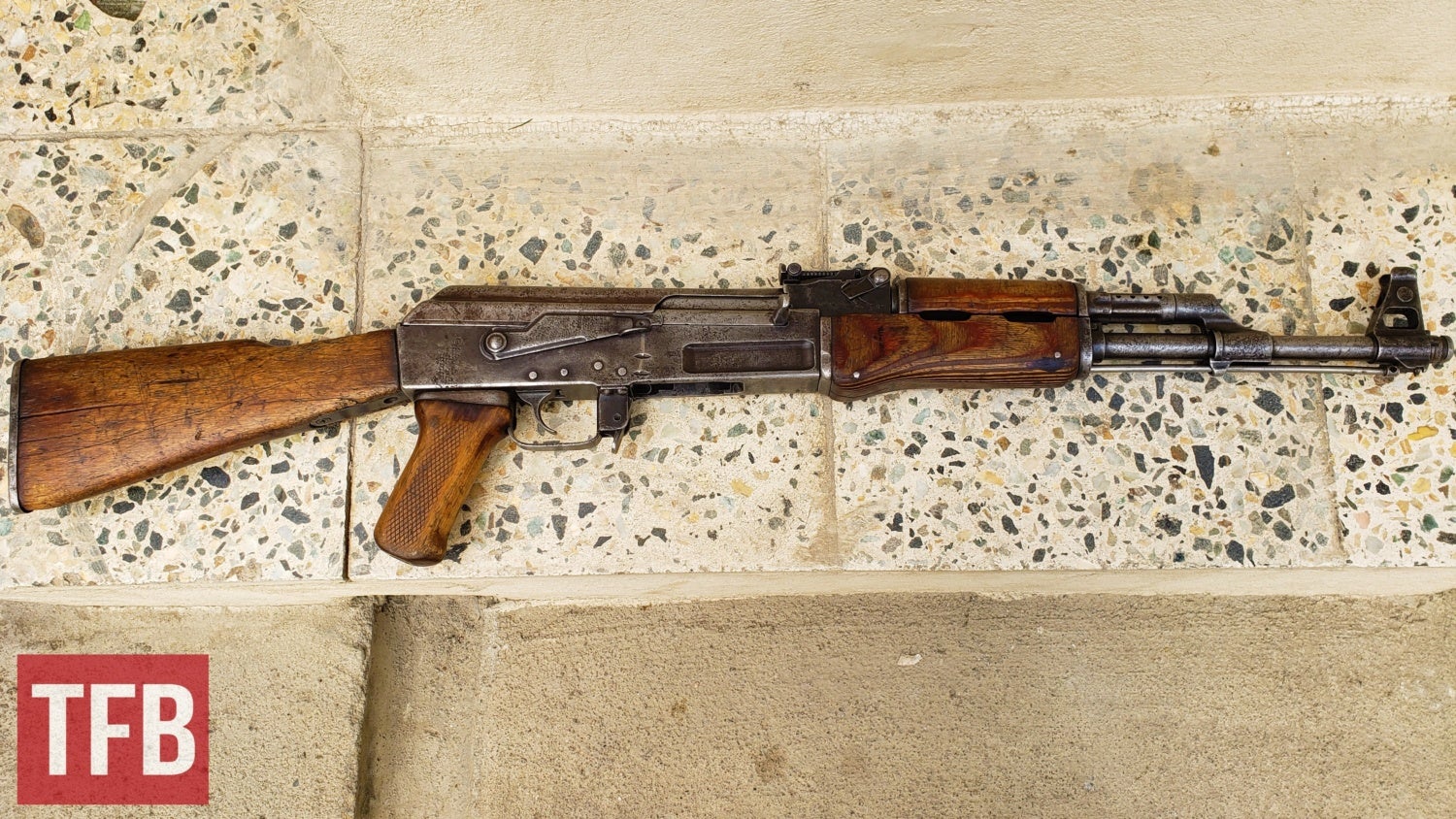
Typical Kind 3 Soviet AK photographed in Kabul
However manufacturing of the brand new gun wasn’t the largest problem. The manufacturing facility needed to put together for 2 really unthinkable duties – first, they needed to ship their top-secret Kalashnikov rifles to a number of international international locations: Czechoslovakia, Poland, Romania, and Hungary.
The second process was much more unbelievable for the Soviet engineers – they needed to host a number of groups of foreigners and inform them every little thing about AK manufacturing. In a rustic the place you weren’t allowed to journey overseas, assembly a foreigner was an enormous deal. Seeing one on the defense-related manufacturing facility – unthinkable.
Not solely the manufacturing facility was labeled on the time, however the whole metropolis was closed off and erased from a few of the maps. Even the gun itself was nonetheless prime secret, despite the fact that it had been utilized by Soviet troops since 1949.
My father served within the military at the moment. Of their unit, exterior of the taking pictures vary, troops had been prescribed to hold the gun solely inside a particular cotton case. Troopers had been additionally not allowed to hold an AK on guard responsibility or another process circuitously associated to fight coaching or operational use.
After firearms coaching, they picked up each empty casing for the AK, leaving the remainder of the casings on the bottom. The state was not afraid of brass goblins, they had been involved that spies would choose up the brass and work out that the Soviet military was utilizing a brand new weapon.

Screenshot from the film “Maksim Perepelitsa” with a traditional Kind 2 AK
Solely in 1956, the veil of secrecy was lifted, when an AK appeared within the Soviet comedy “Maksim Perepelitsa”, a film a few village troublemaker becoming a member of the military and changing into an exemplary soldier.
However for the remainder of the world, the primary photographs of AKs didn’t come for a enjoyable and cheerful comedy with a pinch of Soviet propaganda, however from scenes of city warfare through the Hungary rebellion in 1956.
Some Hungarian rebels managed to take AKs as trophies and it was the primary time when the world noticed this assault rifle that later turned some of the outstanding firearms within the historical past of humanity. One of many founders of TFB wrote a complete article about József Tibor Fejes, a younger insurgent in a bowler hat who was photographed with AK on the streets of Budapest.
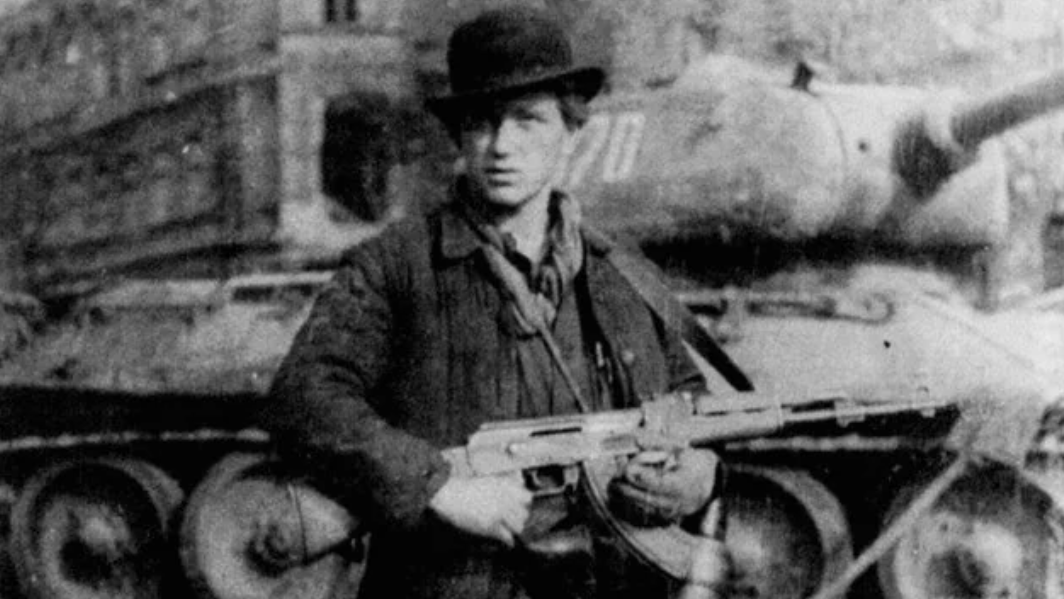
One of many images of the 1956 Hungarian Rebellion – József Tibor Fejes, along with his AK
The rebellion didn’t change the course of historical past for Hungary and in 1959, the primary Hungarian AKs left the manufacturing facility often known as FEG positioned within the lovely capital of the nation. Milled receivers had been manufactured in a separate location at a small manufacturing facility referred to as Danuvia.
It was a direct copy of Kind 3 Soviet AK, nicely made, with none vital further options. It was formally referred to as AK-55 and had signature Hungarian markings that had been used all through the whole manufacturing of the rifles.
The selector markings on the receiver had been fairly attention-grabbing – full auto mode was represented fairly poetically with an infinity signal, and semi-auto was marked merely with the quantity “1”. On the rear sight, Hungarian AKs have a letter “A” representing battle zero.
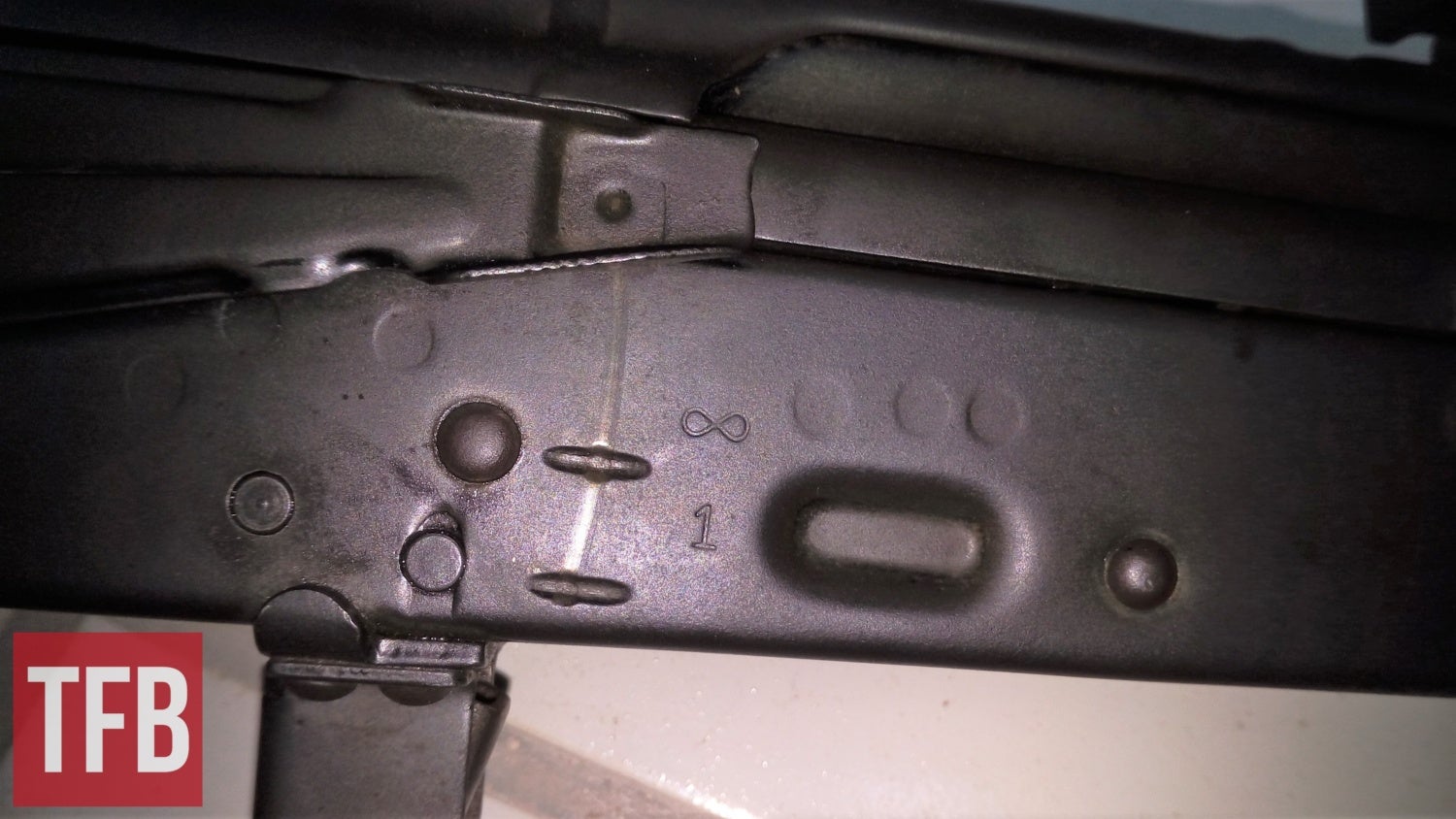
Normal selector markings for all Hungarian AKs
Hungarian AKM-63
In line with declassified paperwork, in 1961, Hungary obtained a full switch of know-how for an AKM rifle with a stamped receiver. One other workforce of Hungarian engineers got here to the Izhevsk manufacturing facility for coaching, each in manufacturing strategies and high quality management and army acceptance procedures.
However Hungarian AKM was considerably totally different from its Soviet counterpart. You’ll be able to at all times acknowledge it by the entrance grip on a sheet metal handguard with an uncovered gasoline tube. The entrance grip design was genius – it was the usual pistol grip, simply put in backward.
In consequence, throughout reloads, the underside of the journal usually ran into the entrance grip, slowing down the journal adjustments.
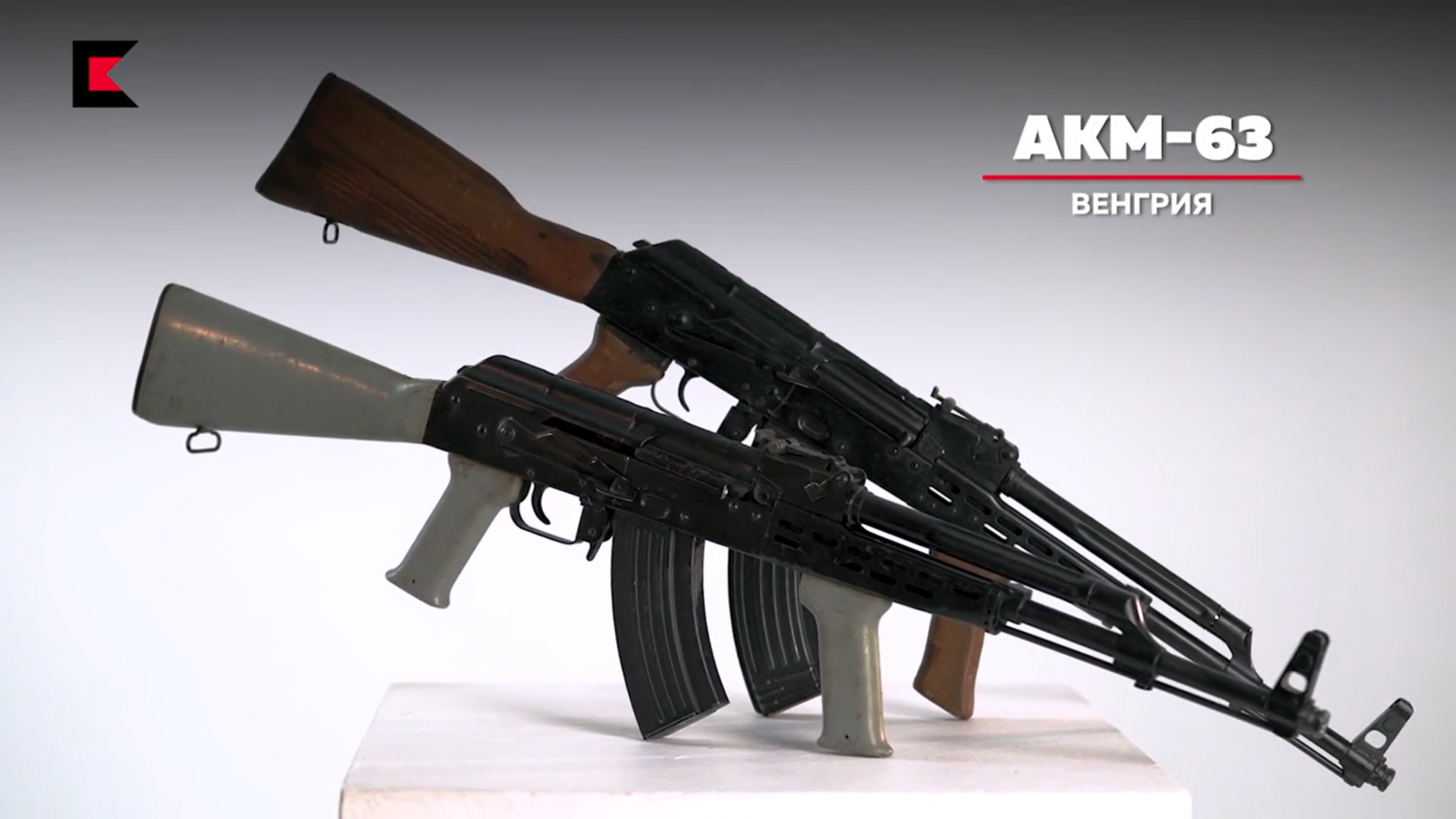
Two AKM-63s. Screenshot from the documentary “Kalashnikov: Across the World” which the creator created 6 years in the past.
Hungary was among the many first international locations that began experimenting with plastic for pistol grips and shares. For the reason that nation couldn’t produce superior polymers on the time, the plastic for AK furnishings was procured abroad. As a consequence of sanctions, Hungary couldn’t purchase military-grade polymer and settled for what was purported to be “simply pretty much as good”, some food-grade plastic.
It was fragile and had a outstanding turquoise colour. To assist with structural integrity, engineers removed a cavity for a cleansing equipment inside a inventory to make it extra sturdy.
I at all times wished to see this variant “within the discipline” and was actually joyful after I encountered one within the province of Puntland in Somalia, a former pirate haven that’s now some of the developed components of Somalia. It was lacking a entrance grip however nonetheless had authentic furnishings.
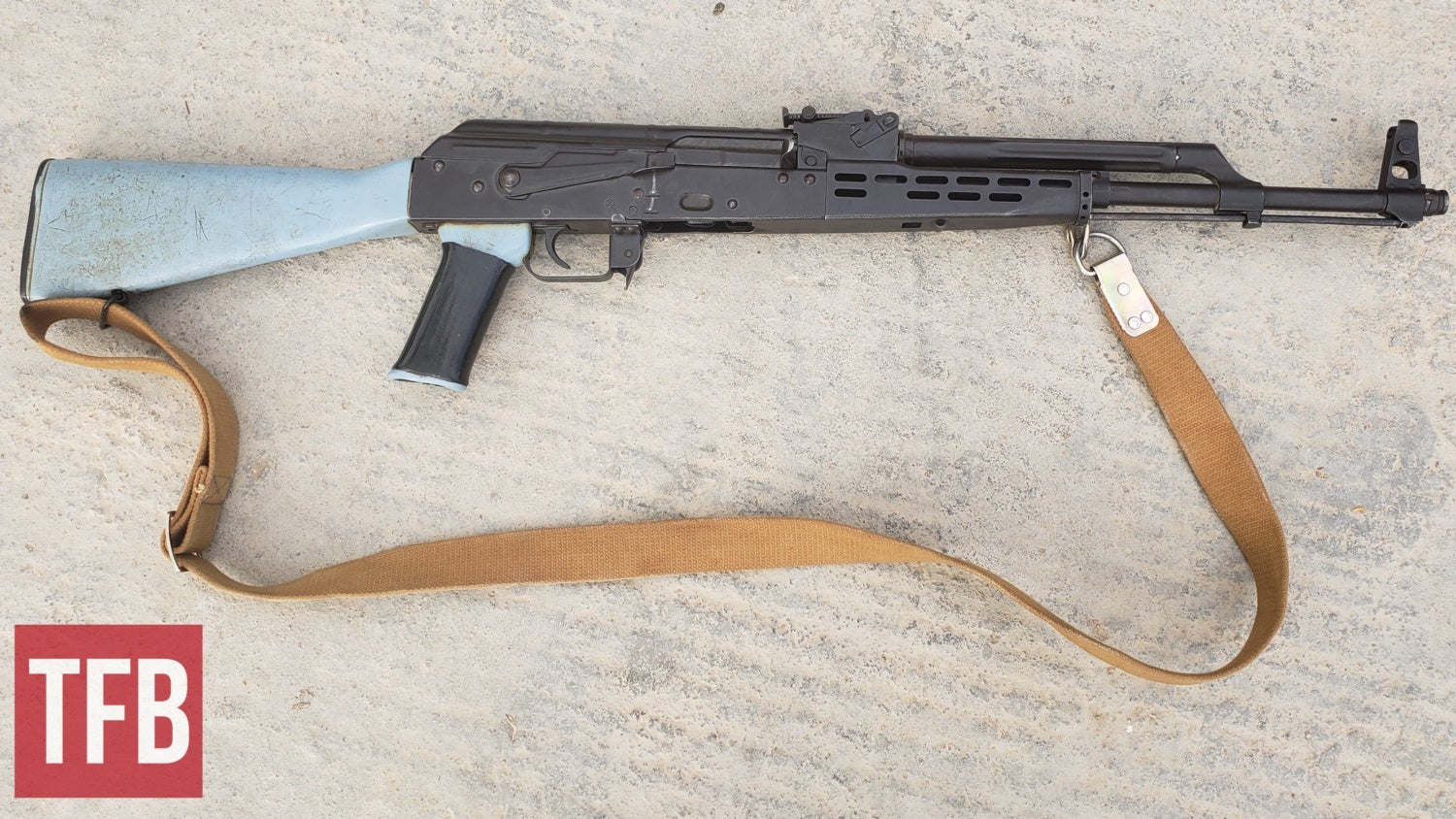
AKM 63 photographed in Puntland, Somalia
In Half 2 of this text, we are going to speak about maybe essentially the most well-known Hungarian AK – quick AMD-65 and why it was hated by many individuals together with the creator.
The creator want to thank Hungarian researcher Zoltán Szőrös for all of the information he shared with me over time and Pavel Pticin for his invaluable contribution to this analysis.
[ad_2]
Source link




